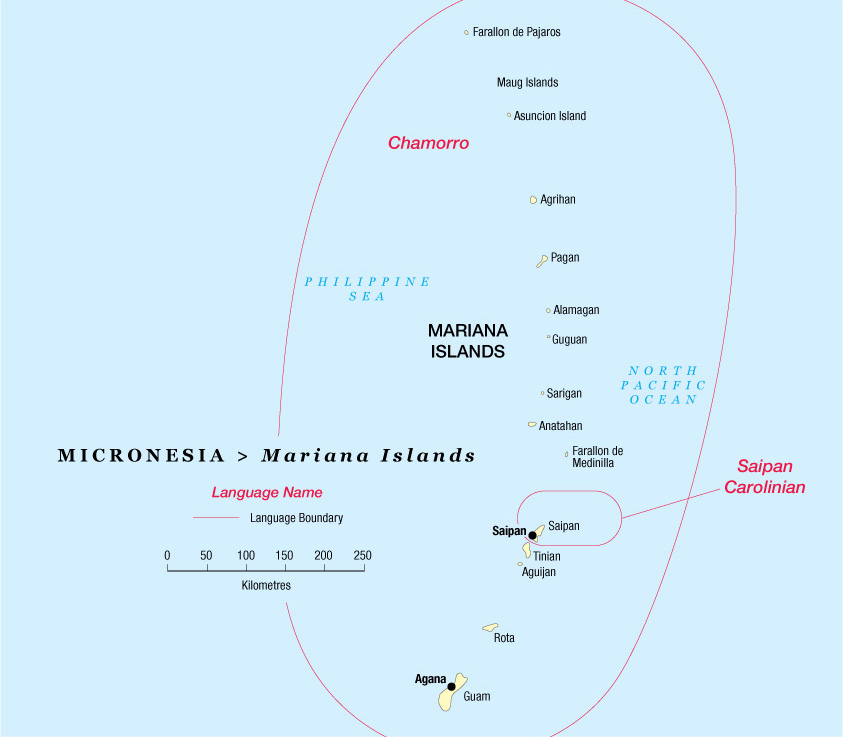MEXICO'S IMPACT ON THE MARIANAS Islands



We're so accustomed to thinking "Spain, Spain, Spain" that we don't realize the huge impact Mexico had on the Marianas. For the first 150 years, Spain went to the Marianas by way of Mexico; specifically, the Acapulco-Manila galleon route. Sanvitores, who established the first permanent Spanish presence in the Marianas, came by way of Mexico and brought with him Mexican lay missionaries and soldiers.
The Mexicans who settled in the Marianas from 1668 on were themselves the products of racial mixture between the indigenous people of Mexico and Spanish settlers. This mix can be seen in today's Mexican people, some of whom resemble more the indigenous peoples, and some of whom resemble more the European settlers.
The soldiers of Mexico who were sent to Guam brought with them their Mexican culture. But they didn't bring, for the most part, Mexican wives. So they married Chamorro women. God only knows how many of us have Aztec blood in us, as well as some Spanish, because many Mexicans settled on Guam. At times, the only Spanish people on Guam were the four or five priests and the Governor. Every other foreigner was either from Mexico or Asia.
This huge Mexican influence is seen primarily in Chamorro cooking. This sets us apart from the Philippines, which does not seem to have as much Mexican influence in the kitchen there. Take for example :
Titiyas
Titiyas Mai'es (Corn)
Titiyas Arina (Flour)
"Titiyas" is the Chamorro pronunciation of "tortilla." Chamorro titiyas is thicker than the Mexican variety. Our titiyas arina also adds sugar and coconut milk. Before World War II, Chamorros ate more titiyas than they did rice. Corn was grown abundantly on Guam; at least two crops a year.
Tamales
Tamales is so Mexican, even the word comes from Mexico and not Spain. The original word (tamalli) is from Nahuatl, the language of the Aztecs. Chamorro and Mexican tamales are very similar. Both are made with corn meal. The Chamorro version wraps it in banana leaf, rather than corn husks, and it adds bacon and achote to half the tamales. Chamorros also make a sweet tamale with tapioca (tamåles mendioka).
Chamorros got the word "chalakilis" from Mexican "chilaquiles" (another word from Nahuatl, not Spanish), but that's as far as the resemblance goes. Mexican chilaquiles is made up of fried corn tortilla quarters, topped with salsa, or mole, eggs, chicken, cheese or sour cream, in a variety of styles. Chamorro chalakilis is made with toasted rice, achote and chicken.
ATULI
Chamorro rice porridge
From the Mexican (Nahuatl) atole
ATULIN ELOTES
Elote is a Mexican (Nahuatl) term for
"corn on the cob"
ACHOTE
From the Nahuatl achiotl. A plant bearing seeds used for their red pigment.
KAMUTI
From the Mexican (Nahuatl) word camote (sweet potato)
CHAMPULÅDO
From the Mexican dish champurrado, which is atole with chocolate
KAKAGUÅTES
Is the Chamorro form of the Mexican cacahuate, or peanut
CHOKOLÅTE
Yes, you guessed it, it's from a Nahuatl word : chocolatl
PAPALOTE
The Chamorro word for kite is from a Nahuatl word
TOMÅTES
The original word, tomatl, is from Nahuatl
SAKÅTI
From saka-tl, a Nahuatl word for weeds.
HIKAMA
Is a Mexican turnip. Grown in the Marianas.
KOMMAT
The flat metal dish used to press titiyas. It comes from the Nahuatl word comalli, with the same meaning.
METÅTE
A grinding stone. Also from the Nahuatl language of Mexico.
Metåte from the Marianas
Chamorros learned to grow, cook and eat corn and use the metåte from the many Mexican soldiers who settled on Guam.
hikama comes from the Nahuatl xicama(tl)
